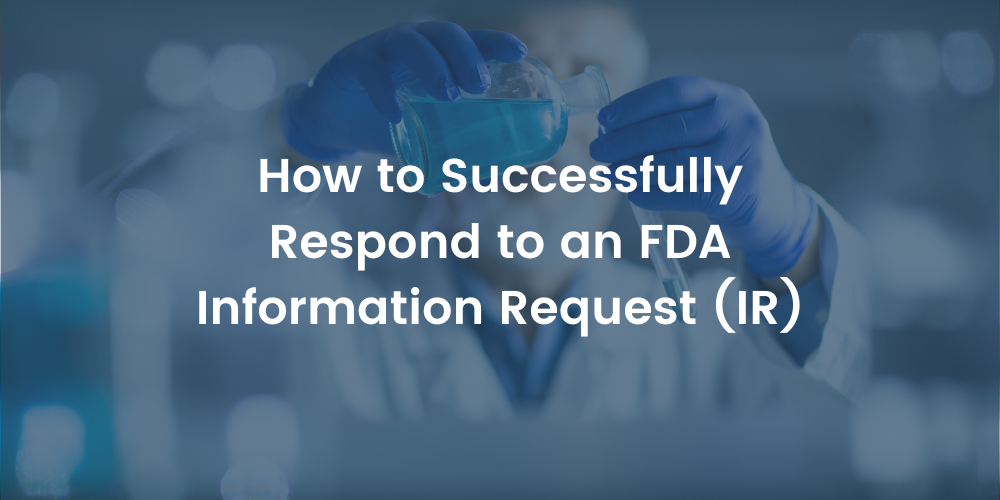AI vs. Humans: Can Artificial Intelligence Outsmart Cold Chain Experts?
10 Common Misconceptions of Cold Chain Validation, as Explained by AI, commentary by Gary...
read Details

The Cold Chain Executive:
The reality of being a C-Suite or senior executive Biopharmaceutical leader is that you don’t need to know every detail about the underlying engineering, mathematical formulas, and regulatory guidances used to validate your cold chain. That’s why Modality Solutions created the Cold Chain Executive – a subscription-based series providing critical insights that directly address the cold chain challenges and strategies you need to know.
>> Subscribe to be notified about new Cold Chain Executive resources
The most important part of a biopharmaceutical cold chain strategy is to ensure that temperature-sensitive drugs are stored and transported at the correct temperatures – held at an ideal storage temperature range and transport temperature range based on stability data. Temperature management is essential to maintain the potency and safety of the drugs.
A number of factors can affect the temperature of a biopharmaceutical product, such as changes in the ambient temperature, power outages, and transportation delays. It is essential to have a resilient cold chain strategy in place to mitigate these risks.
Some of the critical elements of a biopharmaceutical cold chain strategy include:
By following these key elements, biopharmaceutical companies can develop a robust cold chain strategy that ensures safe, compliant, and effective delivery in your cold chain.
Overall, a well-designed and executed cold chain strategy is crucial for biopharmaceutical manufacturers to ensure the integrity, efficacy, and safety of temperature-sensitive drugs throughout their supply chain. The complexity and sensitivity of biopharmaceuticals demand a tailored approach that addresses specific temperature requirements, mitigates risks at each stage of the product’s lifecycle, and complies with rigorous regulatory standards. Unlike a traditional supply chain strategy, a biopharmaceutical cold chain strategy emphasizes temperature control, security, and regulatory compliance and addresses the higher associated costs. By prioritizing these factors and implementing procedures and systems, biopharmaceutical professionals can safeguard product quality, enhance patient safety, and maintain a competitive edge in the evolving landscape of advanced therapeutics.
Modality Solutions is a leading provider of innovative and comprehensive solutions for the biopharmaceutical industry. Our team of experts has extensive experience in the industry and works closely with national and international regulators to ensure that our clients stay ahead of the latest industry developments and best practices. We pride ourselves in providing tailored solutions to meet the unique needs of our clients, and we are committed to helping organizations achieve their PQ goals. Contact us for more information on how we can help your organization navigate the complex world of biopharmaceutical transportation. And don’t forget to follow us on LinkedIn to stay updated on our latest developments.
Subscribe for more executive cold chain insights:
10 Common Misconceptions of Cold Chain Validation, as Explained by AI, commentary by Gary...
read Details
When it comes to ensuring the integrity of temperature-sensitive products during transit, choosing the...
read Details
Getting your vaccine or therapeutic approved by the FDA is a significant accomplishment. But...
read Details